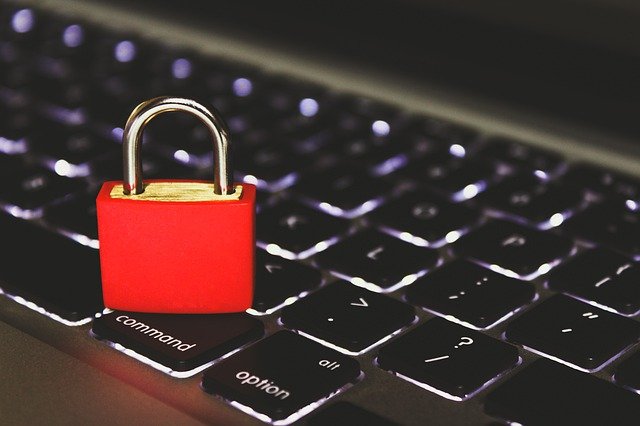Many distinct types of cryptocurrencies are already in use, and more are being added daily. The technology that underpins cryptocurrency enables institutions and individuals to conduct transactions without using banks, governments, or other intermediaries. However, as cryptocurrency prices rise, so does the risk of cybercrime, which only competent crypto cybersecurity can address.
As new dangers regularly emerge, compromising our data and causing economic damage, cyber security breaches and violations are increasingly on people’s minds, especially if they want to trade cryptocurrency. Currency manipulation, identity theft and fraud, and web-based espionage are just a few of the disasters that “black-hat hackers” — hackers with ill intents — might cause if given a chance. However, specific alternative strategies in the financial sector can assist in lessening the likelihood of costly security breaches.

Risks Involved
Cybersecurity risks can originate within a project (internal threat) or from third parties (external risk) and can be purposeful or accidental. Internal risks are caused by the acts of project employees, such as sabotage, fraud, and theft, as well as coding errors and the inability to update software. External risks arise from outside of a project, such as hackers or commercial partners, and include data breaches and a variety of specialized attacks. Here are some of the risks you need to be aware of when it comes to cryptocurrencies.
Phishing Attacks – Phishing is a strategy used by hackers to imitate a respectable company to encourage members to take action. It might be as simple as visiting a rogue website or having you provide them with your login details. Hackers use phishing scams to obtain crypto users’ digital assets.
Stolen Data – To comprehend the hazards of purchasing cryptocurrencies, first realize that any digital money is accessed by a private “key,” a sophisticated password code that enables users to access a digital account. There are numerous risks linked with leaving a key on a computer. It’s perilous since hackers can easily access a person’s computer. And once a key is stolen, it can never be recovered.
Illegitimate Trading Platforms – Because cryptocurrency is still in its early stages, new trading platforms are emerging to gain the trust of consumers interested in investing in cryptocurrency. Not all of these platforms, however, are authentic. Not every crypto-related danger takes the shape of a hack or data leak. Fraudulent conduct can sometimes take place right in front of your eyes.
Malware – Over the last year, there has been a steady growth in cryptocurrency-related malware. For example, mining malware designed to leech the resources of infected PCs has arisen as a significant danger due to cryptocurrency mining being a computationally tricky job that takes considerable resources, not to mention excessive power consumption. Malware that directly takes cryptocurrencies from wallets is another type of cryptocurrency-related malware, as are false tools that masquerade as authentic ones.

Solutions
A robust cybersecurity plan addresses all of the vulnerabilities that hackers can attack. This necessitates implementing appropriate tools and services to maintain the infrastructure secure. Here are some cyber-security solutions you can use to keep your crypto safe.
Application Security – Application security methods and tools assist enterprises in detecting, repairing, and constantly resolving application security issues. To be successful, application security should be addressed at all levels, including software and hardware. A router, for example, can aid in the prevention of illegal network traffic, while a vulnerability scanner can help in the discovery and remediation of vulnerabilities before a breach happens. They work together to protect various components of the application.
Software Updates – Software firms often release updates for three reasons: to introduce new features, to repair existing flaws, and to improve security. Always upgrade to the most recent version of your program to protect yourself from new or current security vulnerabilities.
Authentication – Two-factor authentication, often known as multi-factor authentication, is a service that adds additional layers of security to the traditional password form of online identity. You would ordinarily input a username and password without two-factor authentication. However, with two-factor authentication, you would be required to input one more authentication method, such as a Personal Identification Code, another password, or even your fingerprint. After entering your username and password, you will be required to input more than two additional authentication methods with multi-factor authentication.
Unknown Sources – Avoid browsing unfamiliar websites or installing software from untrustworthy sources. These websites frequently host malware that will install and corrupt your computer automatically. Also, if any attachments or links in the email are unexpected or questionable, do not click on them.










FIND US ON SOCIALS